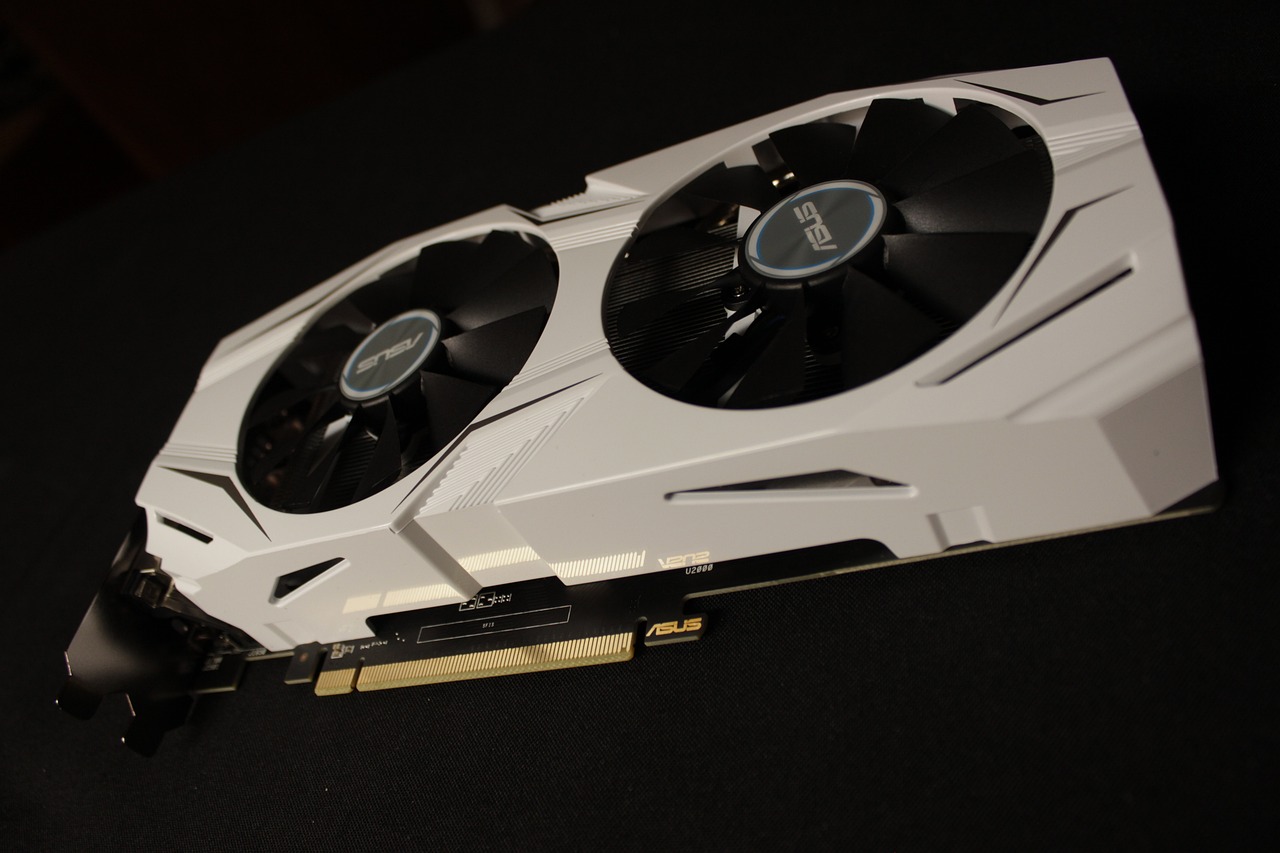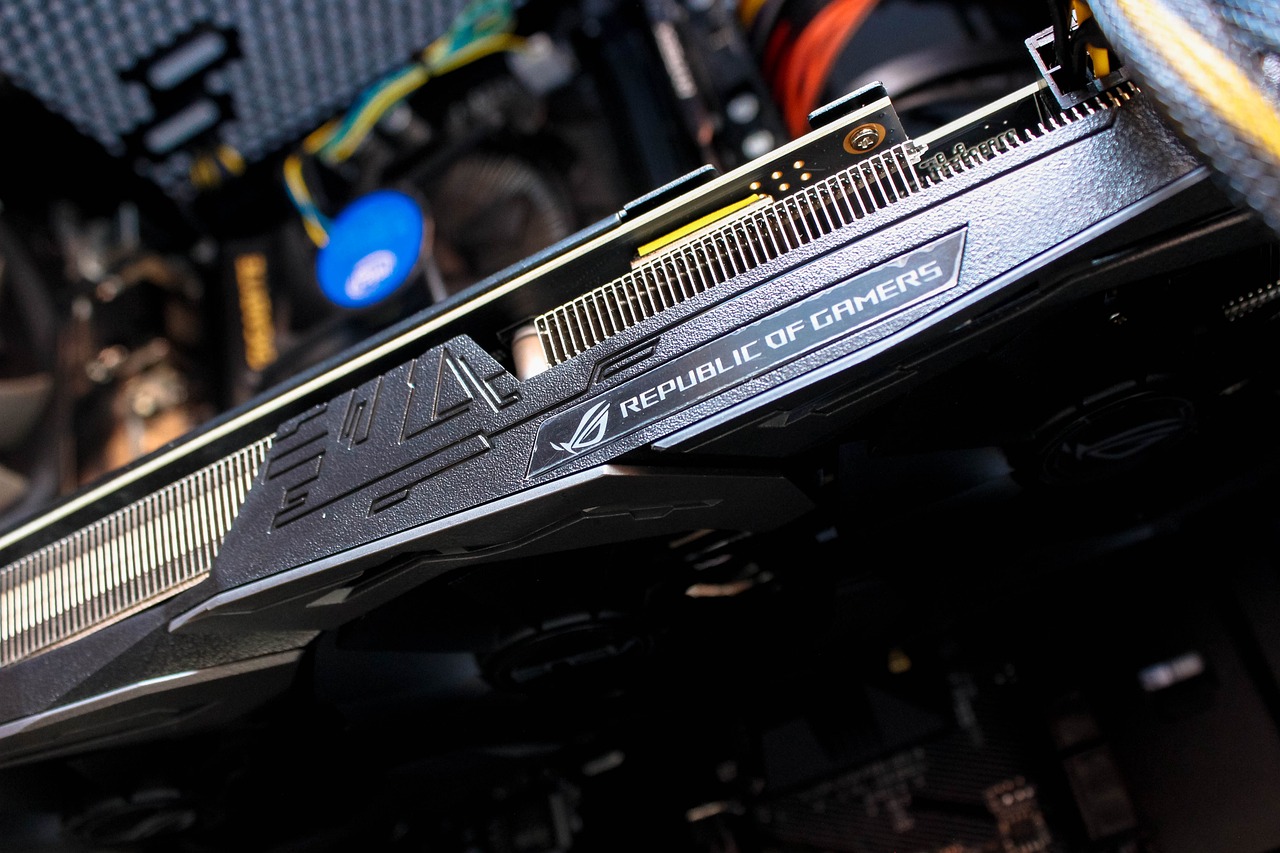We cannot tell what is going to be good for you, but I am almost always looking to get one strong single card over the duals on the SLI or crossfire. Using two (or more) video cards in tandem — known as SLI for NVIDIA cards, and Crossfire for AMD cards — can give you better performance, sometimes for less money than you would spend for a comparable single-card solution. While both ATI and Nvidia offer lower-priced cards with double-card capabilities, you could be spending as much for a single card that has the same or better performance than the two low-priced GPUs.
By having a dual-card graphics system, you can, in many titles, achieve significantly better performance than having just one, flagship GPU. The main advantage to having dual graphics cards is increased performance for video games.
If you are not playing video games, or using two monitors with your computer, then you will not experience any system performance improvements from running dual graphics cards. Some games might show reduced performance over the single graphics card configuration. Instead of seeing an improvement in graphics performance from your rig, some dual-GPU cards can actually end up performing worse than their single-GPU counterparts. The only times that multiple graphics cards makes sense is when users stand to benefit from improved 3D performance.
In a perfect world, using multiple graphics cards should improve performance. Installing two or more graphics cards working together provides better performance for video, 3D, and gaming than using one graphics card alone. This multi-GPU configuration provides enhanced performance while working in conjunction, delivering enhanced performance for higher-resolution games.
While there are compatibility issues associated with running multi-GPU configurations (discussed later), SLI will enable the use of anywhere from two to four cards simultaneously. Using SLI, up to 4 graphics cards can be connected, where workload is spread across them all for effective performance.
If you are a researcher, a video editor, or you have some other app that requires massive processing power, then having more GPUs running your job much quicker than depending on a single card. There are a few workstation rendering farm setups out there that make using multiple GPUs almost additive, but most regular PC users (including video editors, graphic designers, streamers, and gamers) will only see tiny benefits from adding a second GPU. When you do find a game or program that actually does improve performance by stacking multiple GPUs together, you will find that you have found your way to an advantage over last generations flagship cards.
The one scenario in which you will be using more than one GPU is if you are pairing two of the highest performing GPUs in order to address a very specific performance need — for example, a complicated 3D render, running physics modeling engines for engineers, or gaming at extreme resolutions and or refresh rates. Also, there are cases when running two middle-of-the-road cards in SLI or Crossfire will equal and even surpass performance from top-tier GPUs. Comparable performance is also possible with the purchase of just one top-tier card, and this performance is unlikely to be affected by SLI/Crossfire, or by games not supporting it correctly.


